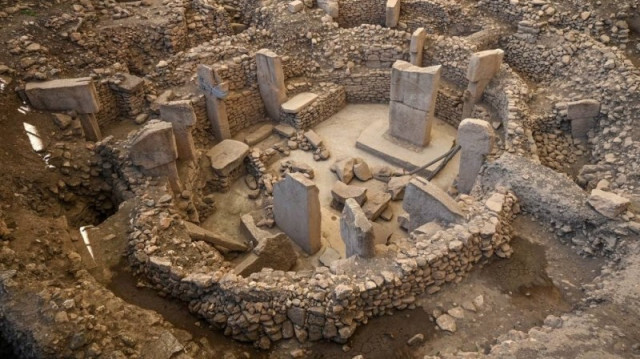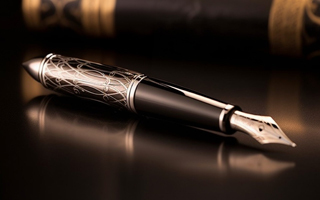
Unearthed human skull provides new insights into mysterious burial practices of Neolithic era
A human skull found during excavations in southeastern Türkiye has provided vital new information about mysterious burial traditions near the dawn of human civilization.
Under a Turkish Culture and Tourism Ministry project, in 2021, excavations began in Sefertepe, an ancient settlement in the modern Sanliurfa province, under the supervision of archaeologist Emre Guldogan.
During this year's excavations, new information about the burial traditions of the pottery-free Neolithic era, particularly in Upper Mesopotamia, was uncovered.
During the excavations, a skull was found in a cavity left in the wall within a special structure. The entire skull was unearthed except for the lower jaw and taken to the lab for further study.
- ‘Exciting for the scientific world'
Guldogan, who teaches at Istanbul University, told Anadolu that they first found skeletal fragments of two people in the region during excavations in 2021.
Noting that there is limited information on the burial rituals of the Neolithic period, Guldogan said that during this year's excavations, they found the skull lying on its side in a cavity.
Guldogan stressed that this find, which is unprecedented in terms of burial rituals, is very important for understanding Neolithic burial rituals.
“The skull found in a special structure stands out as an example that can be considered a unique find. According to initial expert assessments, this skull is thought to fill a big gap in terms of understanding the process of burial traditions, especially in the region we're in, and even in Upper Mesopotamia,” he said.
Mentioning skeletal fragments with cut marks from other sites, he explained: “There were big questions about what kind of treatment was applied to the skull ... We think the skull we found in this cavity in Sefertepe will fill a big gap in terms of understanding this process and will bring excitement to the scientific world.”
“In general, all of the burials here are secondary burials. This means that after the dead is left to decompose somewhere, the bones are separated and brought back to the settlement. Various procedures such as cuts or burns are carried out on the bones in the settlement. … The skull we found is also important in terms of showing that the skull was exhibited in a special area before these processes began,” Guldogan said.
- ‘Extremely important data'
Yilmaz Selim Erdal, an anthropologist at Hacettepe University in the Turkish capital Ankara, said the skull provides important information on how the burial traditions of the Neolithic period were carried out.
Erdal said that until various rituals were performed and the deceased was taken to the final burial site, an important part of the body was kept in a certain place, and that the skull they found at Sefertepe is important evidence of this burial tradition.
“The hole or dozens of cuts on a skull found in Gobeklitepe provided clues that some of these underwent burial processes similar to the skulls recovered from Karahantepe, which had many cuts,” he said, referring to the famed site of Gobeklitepe, also in Sanliurfa, southeastern Türkiye, where the world's oldest temple may lie.
He added: “We knew that skulls were actually displayed and perhaps hanged after separating the head from the body as part of the second burial of a body, but there was no information on how the body was stored and exhibited during the period between the death of the person and the second burial. With the recovery of the skull, Sefertepe has actually provided extremely important data showing how these skulls were stored, exhibited, and various rituals were applied in such special areas, special structures.”




















